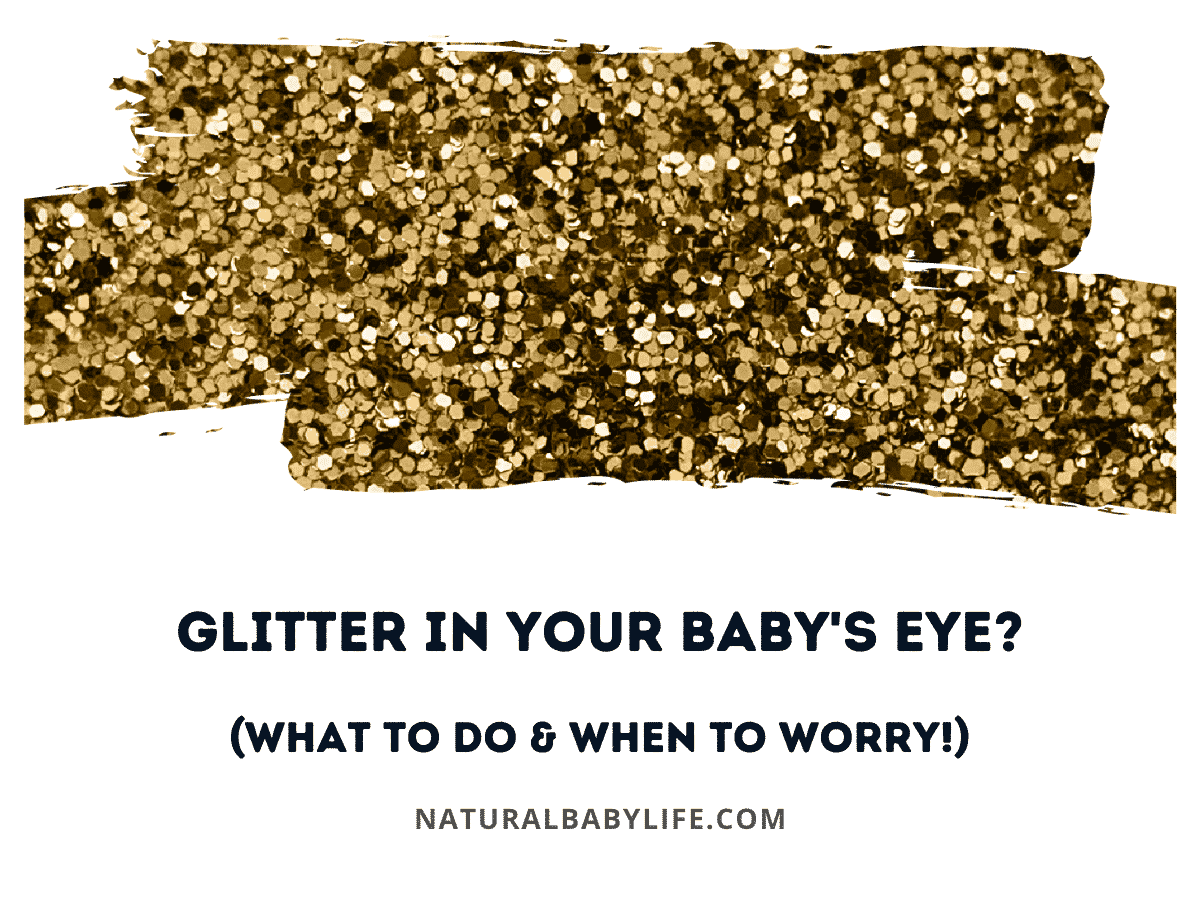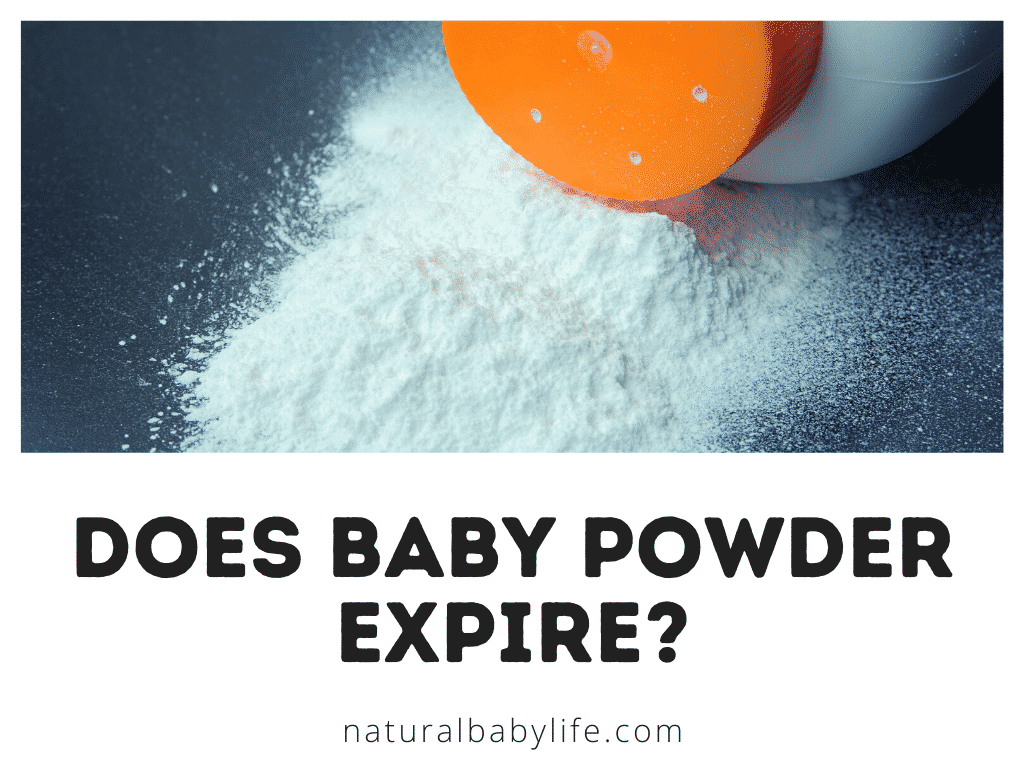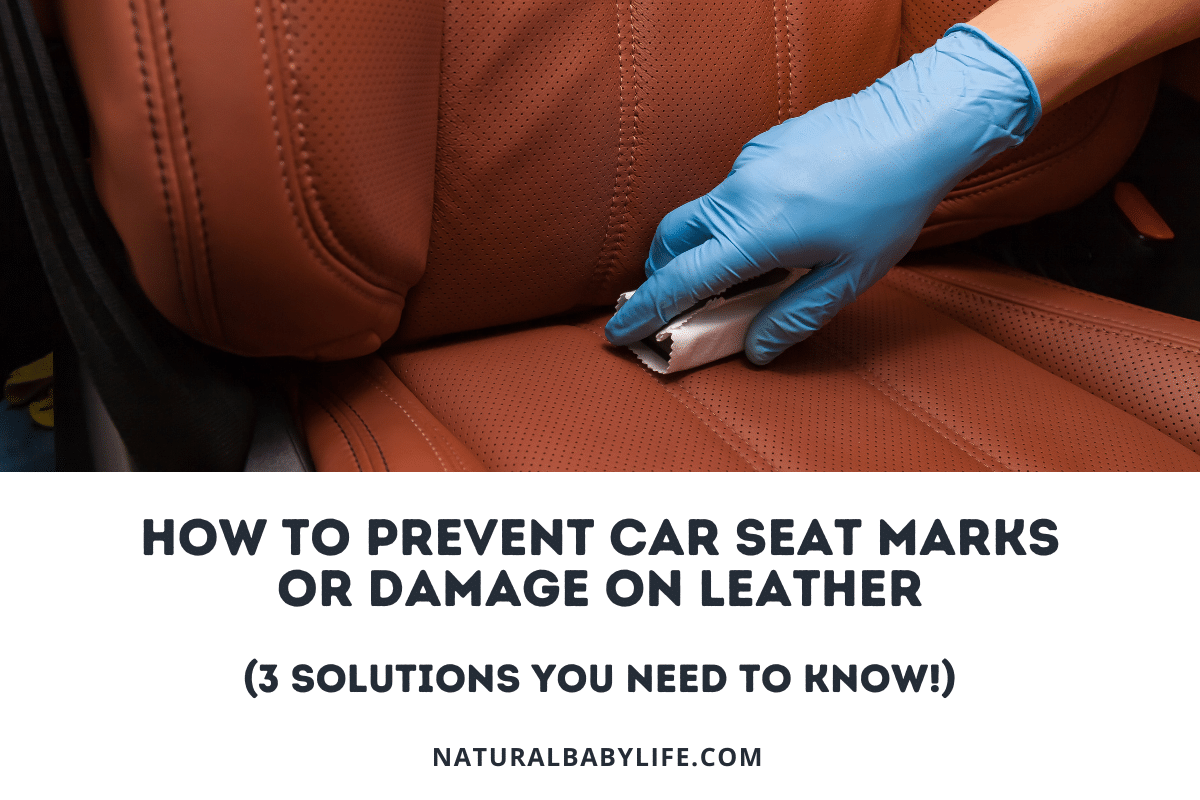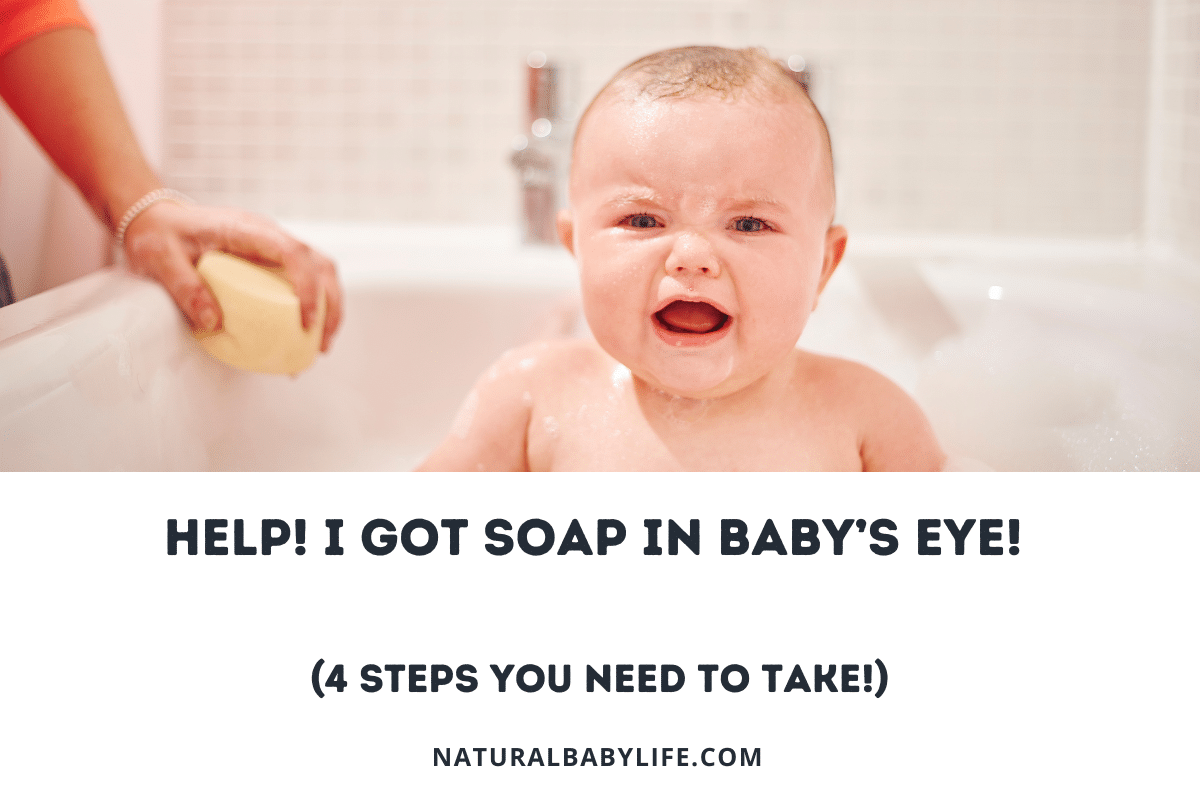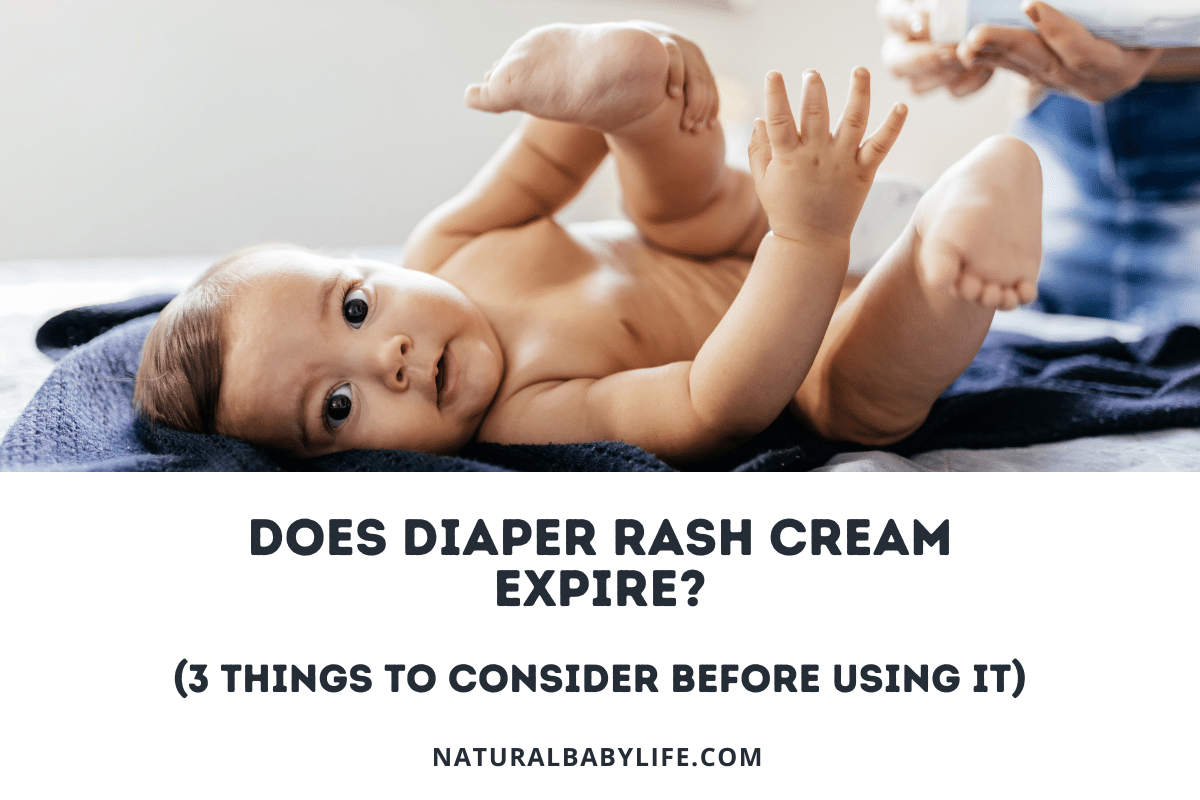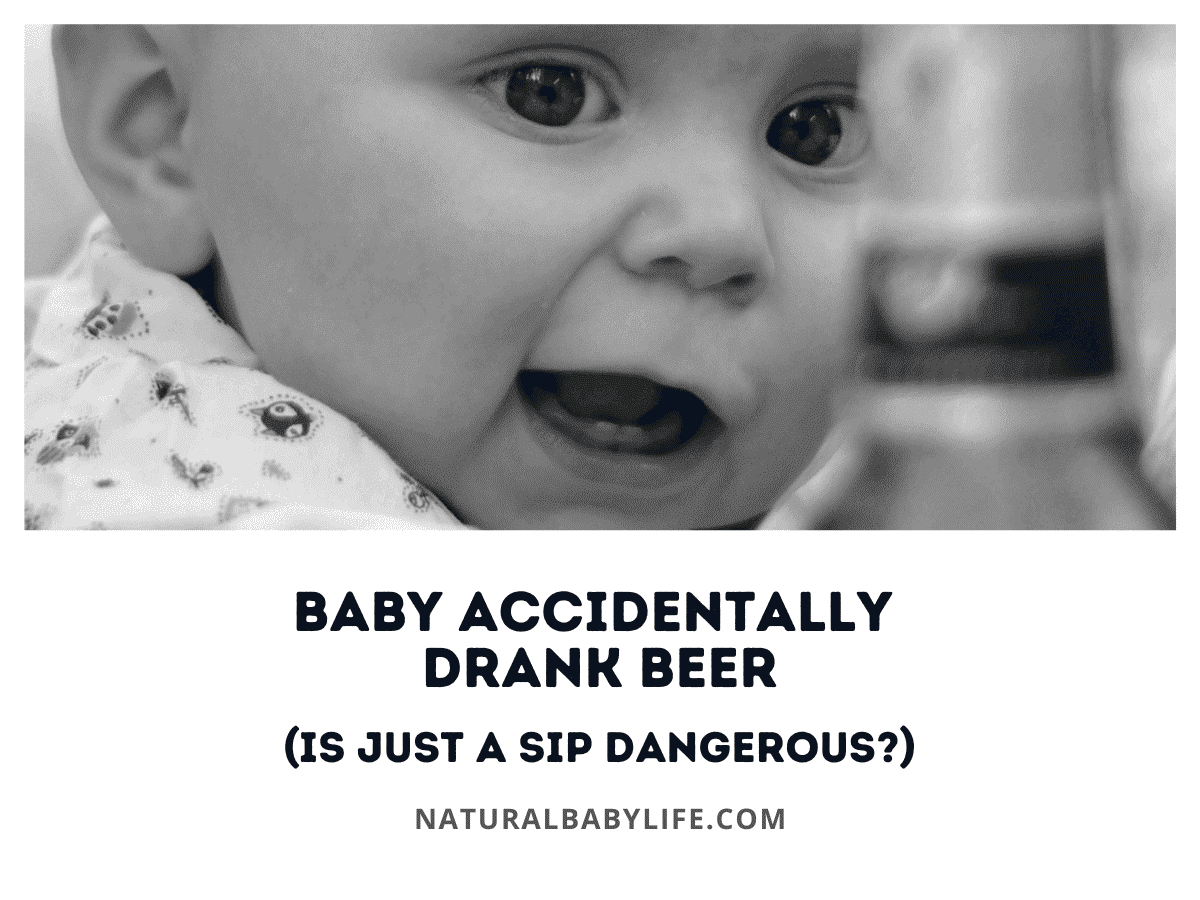Most little ones are enamored by the sparkle and shine of glitter, making it a fun addition to many creative and sensory play activities. Though popular with kids, glitter has a way of getting everywhere, which in some cases, can be dangerous. What do you do if your baby gets glitter in their eye?
In most cases, your baby’s natural tear production will flush foreign bodies like glitter out of the eye. Sometimes, glitter may need to be removed using a clean damp cotton swab or by rinsing the eye. Glitter may cause eye irritation, and severe cases may result in corneal abrasion or ulcer. Contact your pediatrician if you suspect an eye injury.
Keep reading to learn what to do if your baby gets glitter in their eye, the potential risk factors, and how to avoid it.
Table of Contents
Is glitter in your baby’s eye dangerous?
Though your little one may love the eye-catching sparkle of glitter, it’s important to take precautions when exposing your baby to it.
According to a study in the National Library of Medicine, newborns to 4-year-olds had the highest percentage of emergency room treated eye injuries. Though most eye injuries in babies and toddlers are due to household chemicals, glitter is also mentioned in this study as a potential offender.
In most cases, glitter will not cause serious eye damage. If your baby gets glitter in their eye, don’t panic. You can wait until their natural tears flush it out or try to remove it if you can do so safely. In any case, monitor your baby for signs of injury, but keep in mind that their eye may stay red and teary for one to two hours after the glitter is removed, which is normal.
Keep in mind that certain types of glitter are more likely to cause eye injury. Factors to consider include:
- Material – Though most glitter is made of plastic, some craft glitter is made from metal or glass, which can cause serious eye injury. Alternatively, glitter made from mica, a reflective mineral, is considered eye-safe in small quantities.
- Size – The larger the glitter, the more likely it is to cause injury to the eye.
- Shape – Glitter with sharp edges, including shards and shapes such as stars, are more likely to cause an abrasion. Glitter that is round or hexagonal is less likely to cause eye damage.
What can glitter do to a baby’s eye?
Glitter will likely only irritate your baby’s eye until it is removed; however, in some cases, glitter may scratch the eye, resulting in corneal abrasion.
Corneal abrasions are common injuries that don’t typically lead to permanent damage. Though they heal quickly, some corneal abrasions require lubricating eye drops, antibiotics, or an eye patch, so contact your pediatrician or ophthalmologist if you suspect your baby has an abrasion.
Signs of corneal abrasion include:
- Redness and pain
- Excessive tearing
- Pain when your child looks at light
- Increased blinking of the affected eye
- Holding the eye shut
If left untreated, corneal abrasions may become infected. This can lead to a corneal ulcer, which can cause severe eye damage, including loss of vision. There is at least one known case of an injury from glitter resulting in blindness due to infection.
What is glitter made of?
Polyethylene terephthalate (PET) and polyvinyl chloride (PVC) are common plastics used in manufacturing glitter. These plastics are often coated in aluminum, which gives glitter its metallic sheen.
Though plastic glitter is most common, glitter made from metal and glass can still be found. There is also a growing interest in biodegradable glitter, which is typically made from mica or modified regenerated cellulose (MRC).
How to get glitter out of your baby’s eye
If your baby gets glitter in their eye, their natural tear production will likely draw the glitter out. Though there is no need to panic, it’s important to monitor the situation. If the glitter is not coming out naturally or if you are unable to stop your baby from rubbing their eyes, you should attempt to remove the glitter or seek medical assistance.
According to the Children’s Hospital Colorado, there are several ways to intervene if your baby’s natural tear production is not able to clear a foreign object like glitter.
Intervention depends on the amount of glitter and the location in the eye:
- A glitter particle in the corner of the eye – Use a clean wet cotton swab or cloth.
- A glitter particle under the lower lid – Pull down the lower lid and dab it with a clean wet cotton swab or cloth. If that does not work, pull the lower lid out and flush the eye with clean, lukewarm water.
- A glitter particle under the upper lid – While holding the eyelids open, flush the eye with clean, lukewarm water. If this does not work, carefully pull the upper lid outward and over the lower lid; this may bring the glitter out.
- Many glitter particles in the eye – Clean your baby’s face to ensure no more glitter gets into the eye. Hold your baby’s eye open and flush the eye with clean, lukewarm water.
Your baby’s eye may still be red for an hour or two after the glitter is removed due to the irritation even if there isn’t any damage.
Glitter in baby’s eye won’t come out
Don’t overdo it when actively trying to remove the glitter, as this may cause increased irritation and actually make things worse.
If the glitter will not come out of your baby’s eye, give it some time to naturally work its way out. If your baby is in pain or rubbing their eyes (which may make it worse), contact your pediatrician or ophthalmologist.
A common misconception is that foreign bodies can go behind the eye and become lost. Rest assured that this is not a possibility.
How do I get glitter off my baby’s face?
One of the characteristics that make glitter so stubborn is its tendency to stick (and stay stuck) to everything. Glitter is particularly attracted to moisture in the skin, which makes it especially difficult to remove.
Here are some methods for removing glitter from your baby’s face:
- Wipe the glitter away with a cotton pad and non-irritating oil, such as olive oil or baby oil.
- Use a small dusting of baby powder or cornstarch to dry out the skin; this will cause the glitter to loosen.
- Use something adhesive like tape or putty to lift the glitter off of the skin.
How to avoid baby getting glitter in her eyes or mouth?
Taking precautions to keep glitter out of your baby’s eyes or mouth will help you avoid any potential danger.
Here are some ways to keep glitter from getting in your baby’s eyes or mouth:
- Store glitter out of your child’s reach in a secure container.
- Only allow glitter to be used under supervision.
- Only allow contained glitter during playtime, such glitter sensory bottles or glitter and gel sensory bags.
- Replace standard glitter with colored salt, metallic paper confetti, or mica-based glitter.
- Be aware of items in your home that may contain loose glitter, this may include holiday cards and home decor.

